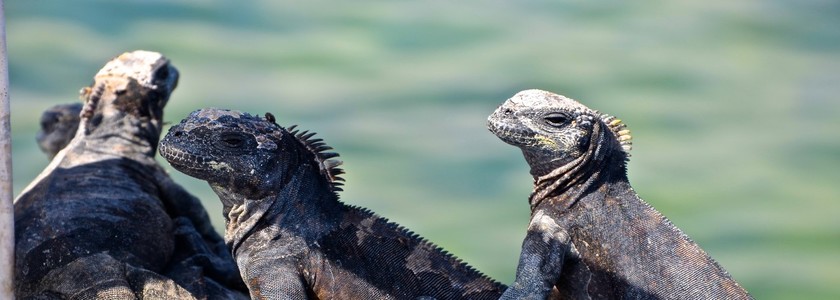

People are not only affected by hurricanes, but also the wildlife. A new paper published in April of this year in the journal Proceedings of the National Academy of Science, that lizards have evolved bigger toe pads through the years so "they can hang on for dear life and survive high winds of a hurricane," the study mentions. The lizards that survive the hurricanes, will pass on these bigger toe pad genes, "giving rise to a new generation of lizards with a vice-like grip." The change in a genetic makeup of a specie, just due to natural disasters, many evolutionary biologists had assumed this was not possible. "Ecologists thought that once life returned to normal after any natural disasters, whatever special adaptions might have been temperately useful, would fade out after the catastrophe," the article mentions.
Back in 2018, research was done on a single specie of anole lizards living on the Caribbean islands of Turks and Caicos, following hurricane Irma and Maria. They determined that lizards had indeed evolved bigger toe pads following the hurricanes. "This is a striking case of rapid evolution, which, as we can see here, can proceed exceedingly fast, even within a generation,” Carol Lee, an evolutionary biologist at the University of Wisconsin-Madison who was not involved in the research. Researchers wanted to follow up on these results and determine if this occurs anywhere else. To find out, the researchers used photos from natural history and measured around 188 different anole lizard species' feet. They then compared those measurements to 7 decades of hurricane data to see if there was a connection between toe pad size and hurricanes. They found that "lizards have larger toe pads in places that have been hit by multiple hurricanes in the last 70 years. This was true across 188 different species of anole lizards scattered across the Caribbean as well as Central and South America," the article mentions.
The article goes onto mention that other species could be next in evolving, due to natural disasters. Colin Donihue, author of paper said "studies of trees, snails, or birds in the Caribbean could be next in line."